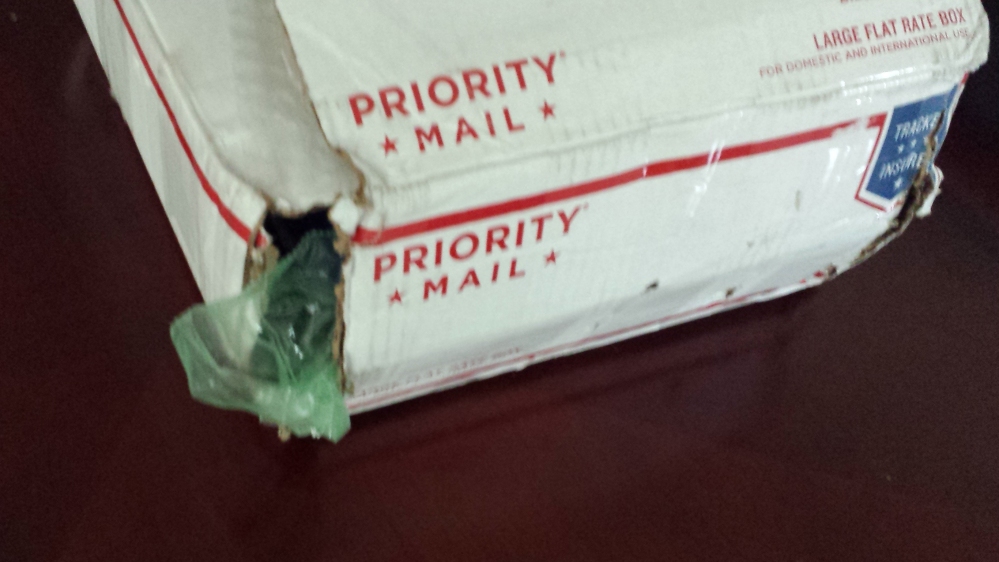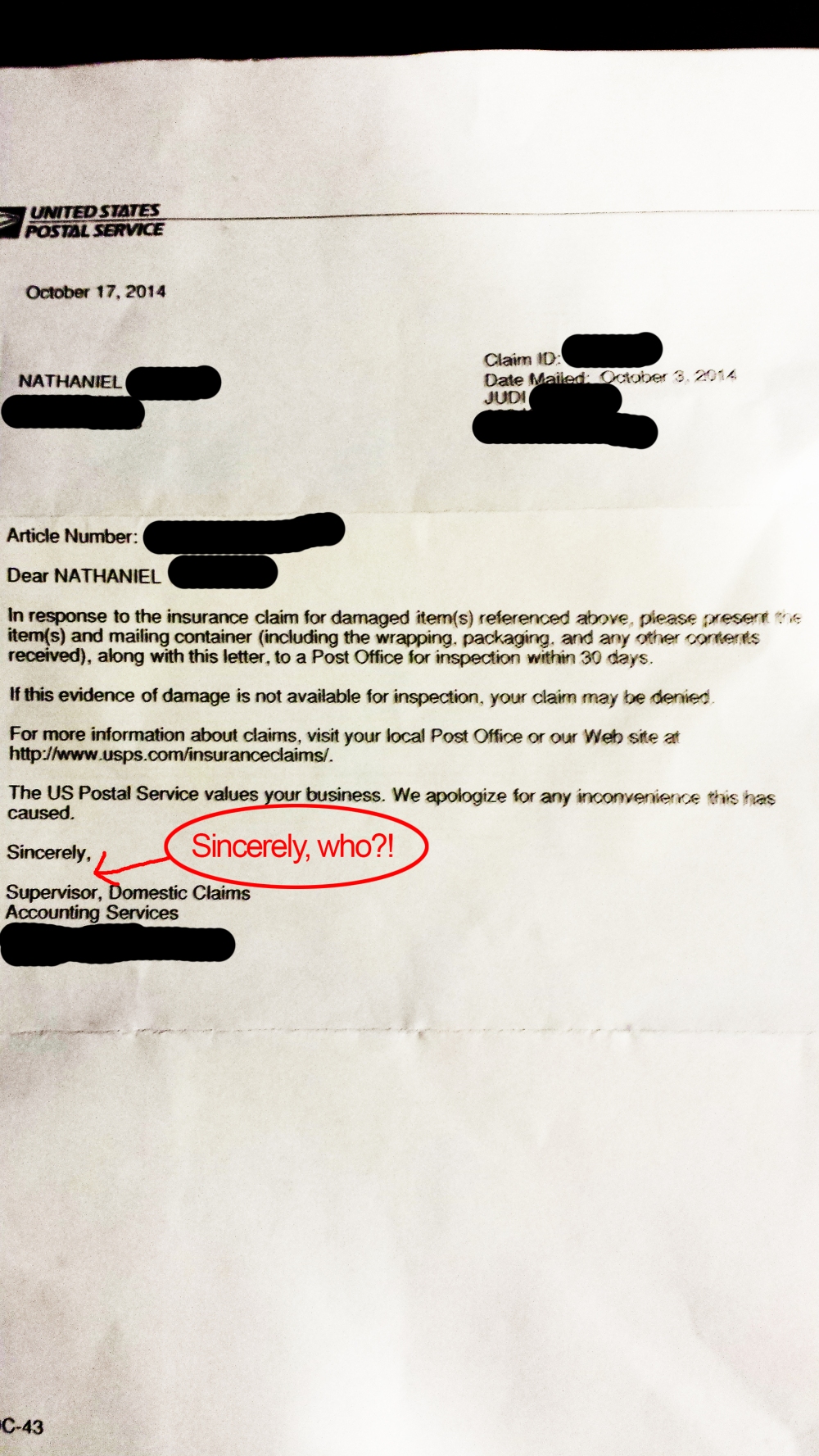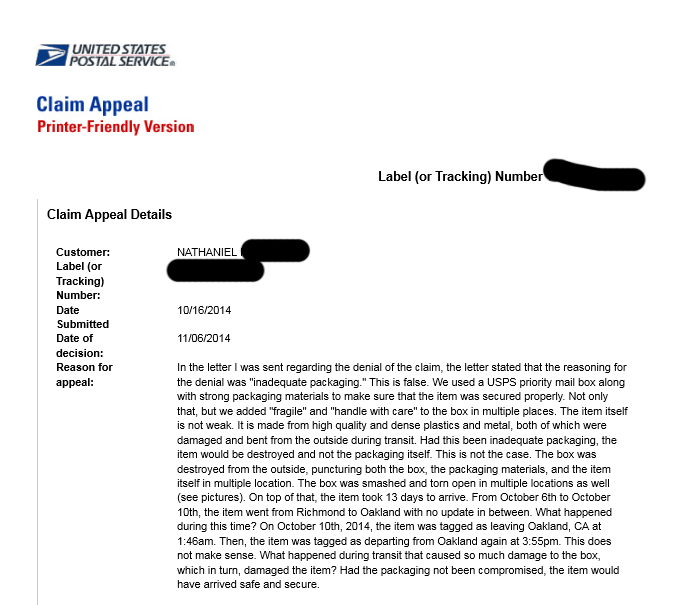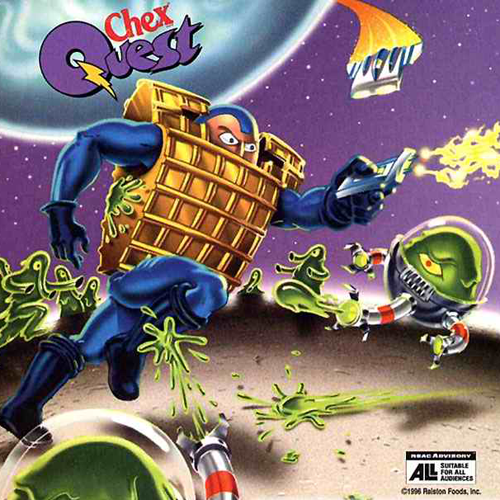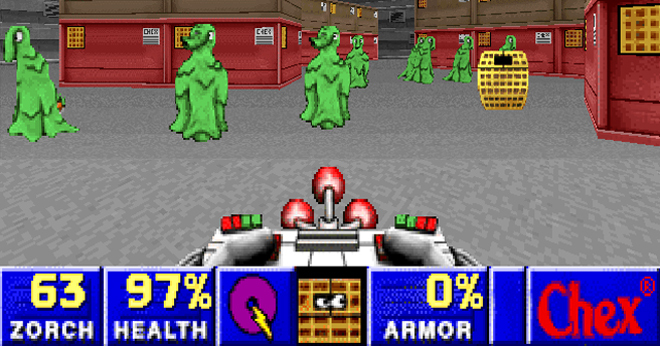How Regal Cinemas used Emerging Media to make a difference in the world. Yeah, really.
Is it really possible for emerging media to do more than sell products? Can a brand make a positive change in someone’s life without trying to gain anything? Absolutely. Let me tell you a story.
I grew up in a very family-friendly neighborhood in a small town. It was there that I became friends with Sam. She and I were born on the exact same day of the exact same year in the exact same hospital. We were pretty much inseparable after birth. We liked the same stuff. We played the same games. There was really only one difference, and it was a difference that never really mattered to us anyway – she has a hearing disability.
Now, when I say that it “never really mattered”, I don’t mean that we didn’t care. It’s just, when you’re young, you might recognize a disability, but it doesn’t affect your friendship. It didn’t affect ours, and we are still just as close today. I never saw her as a person that was disabled. I just saw Sam, and that was it.
A few weeks ago, I saw this in my Facebook news feed from Sam.
I had never thought about that before. Sam couldn’t watch movies in the theater because she couldn’t hear what they were saying. I decided to do something about it, and being an IMC student, I was hoping that Regal Cinemas had a powerful social media presence that could help me out. They did.
I had never heard of these glasses before. These bad boys are game changers for people with a hearing disability.
I was blown away by the glasses. I knew this would change everything for Sam and finally give her the opportunity to see films the way that she had always dreamed. Even though I lived in a different state, I decided to call Sam’s local Regal Cinemas to learn more and see what I could do to buy her a surprise ticket.
I spoke to the general manager, Ralph, in the West Virginia area. I was blown away by his kindness. Not only was he really informative about the glasses, but when I told him about Sam’s Facebook post, he offered to let Sam and any of her friends see the film completely free of charge for her birthday. In his desire to do something kind, he unknowingly built equity for his brand. Building a brand isn’t difficult if you take the time to truly care about your audience.
Sam was so excited when I called her to give her the news. This was her response.
Thank you Ralph, and thank you Regal Cinemas, for truly caring about your audience and giving Sam the best birthday ever. You didn’t just make Sam’s day, you made my day and anyone else’s day that reads this post. I know you asked for nothing in return, but I hope that this blog can give you a ton of positive press! You deserve it after all you did for us and for all you’ve done to help those with disabilities enjoy films in your theaters.
Thank you.




